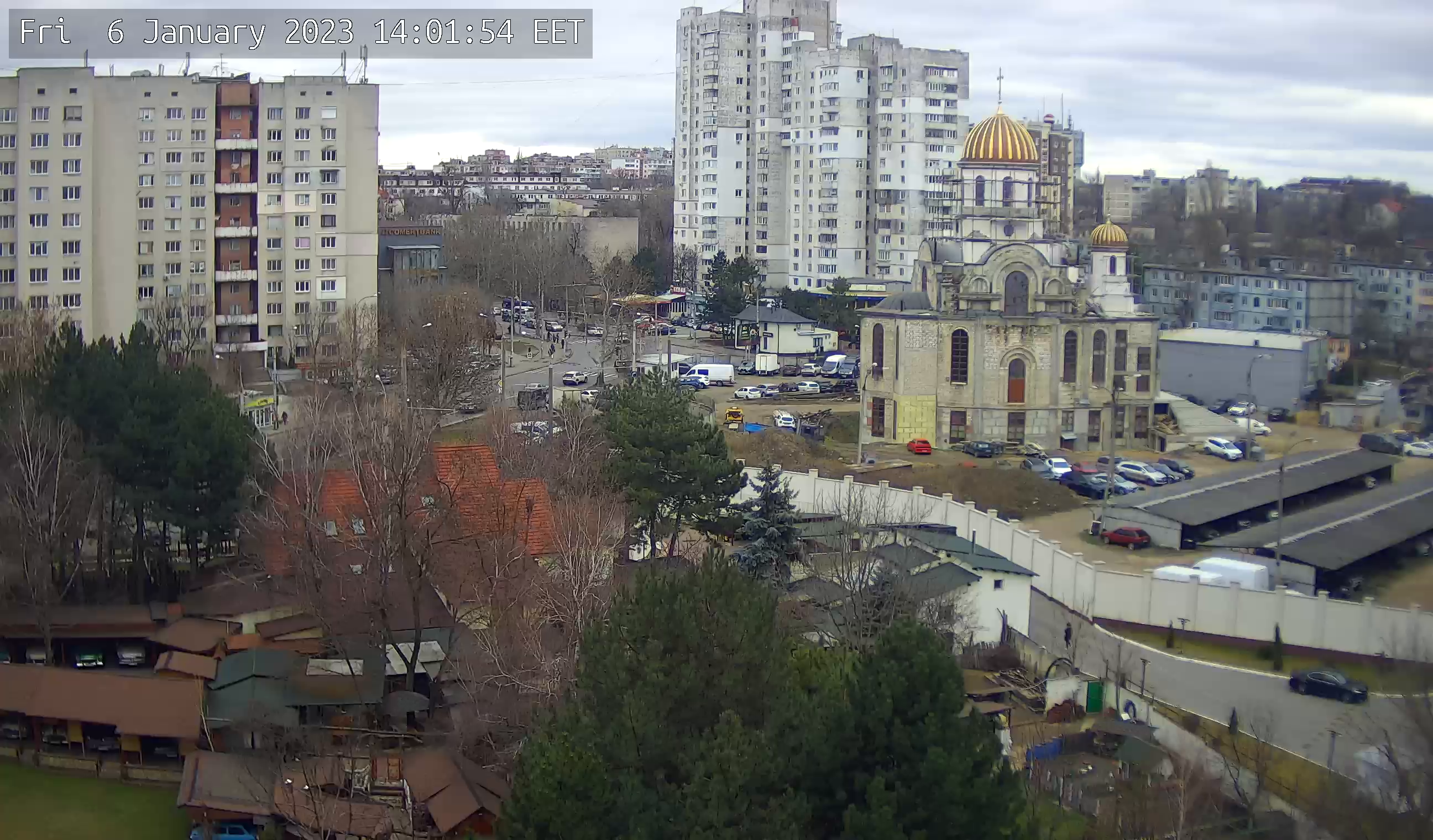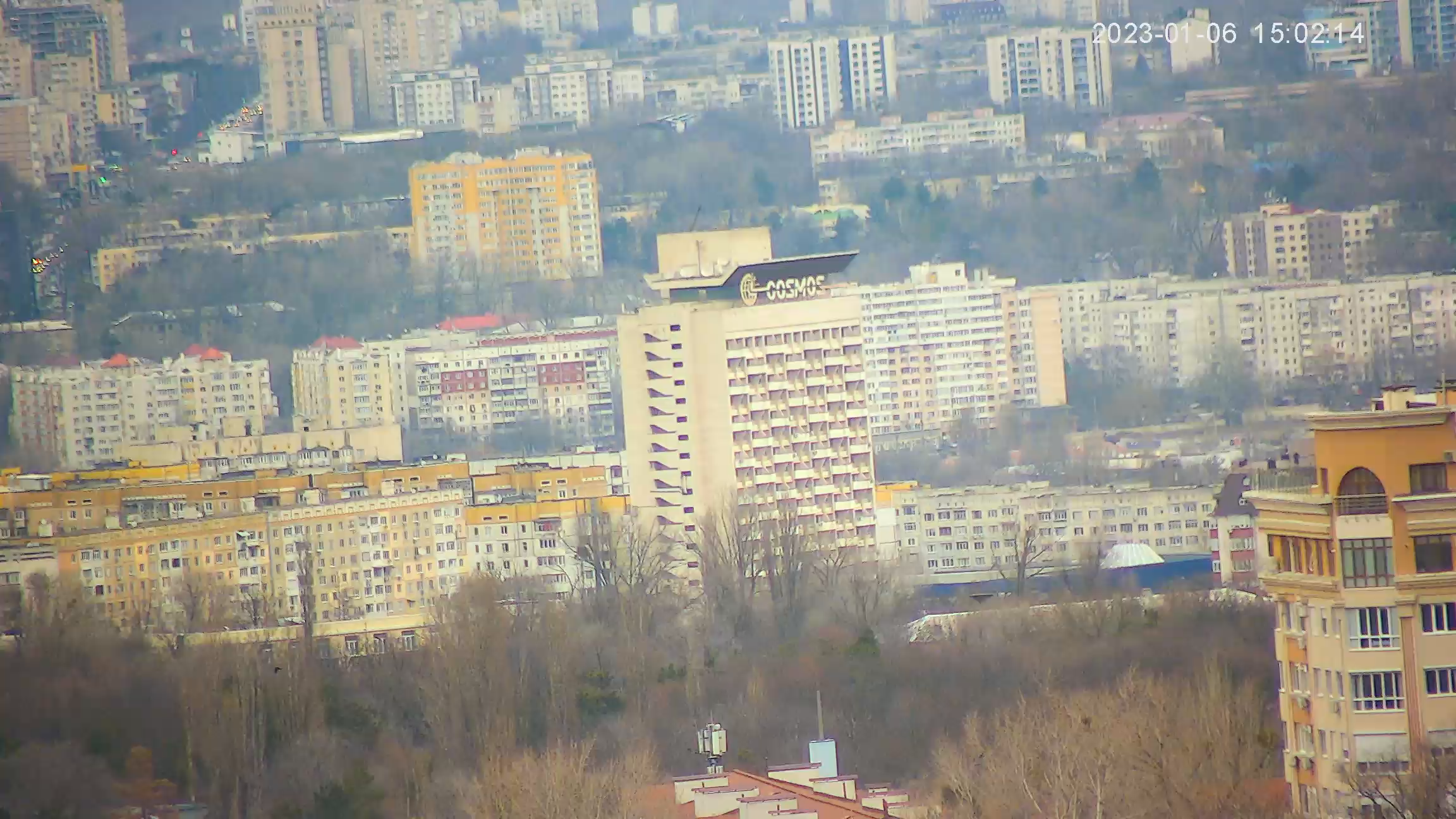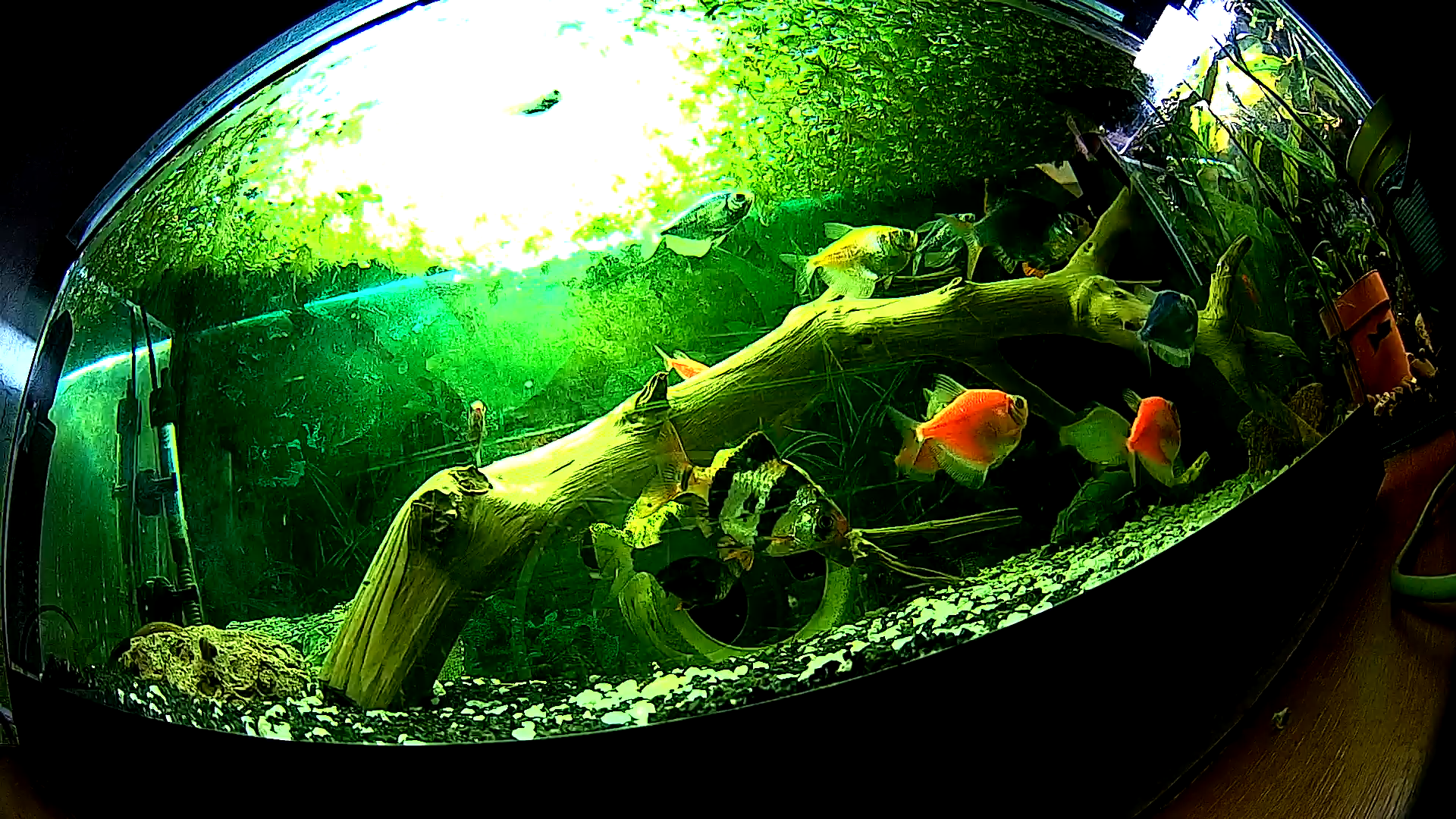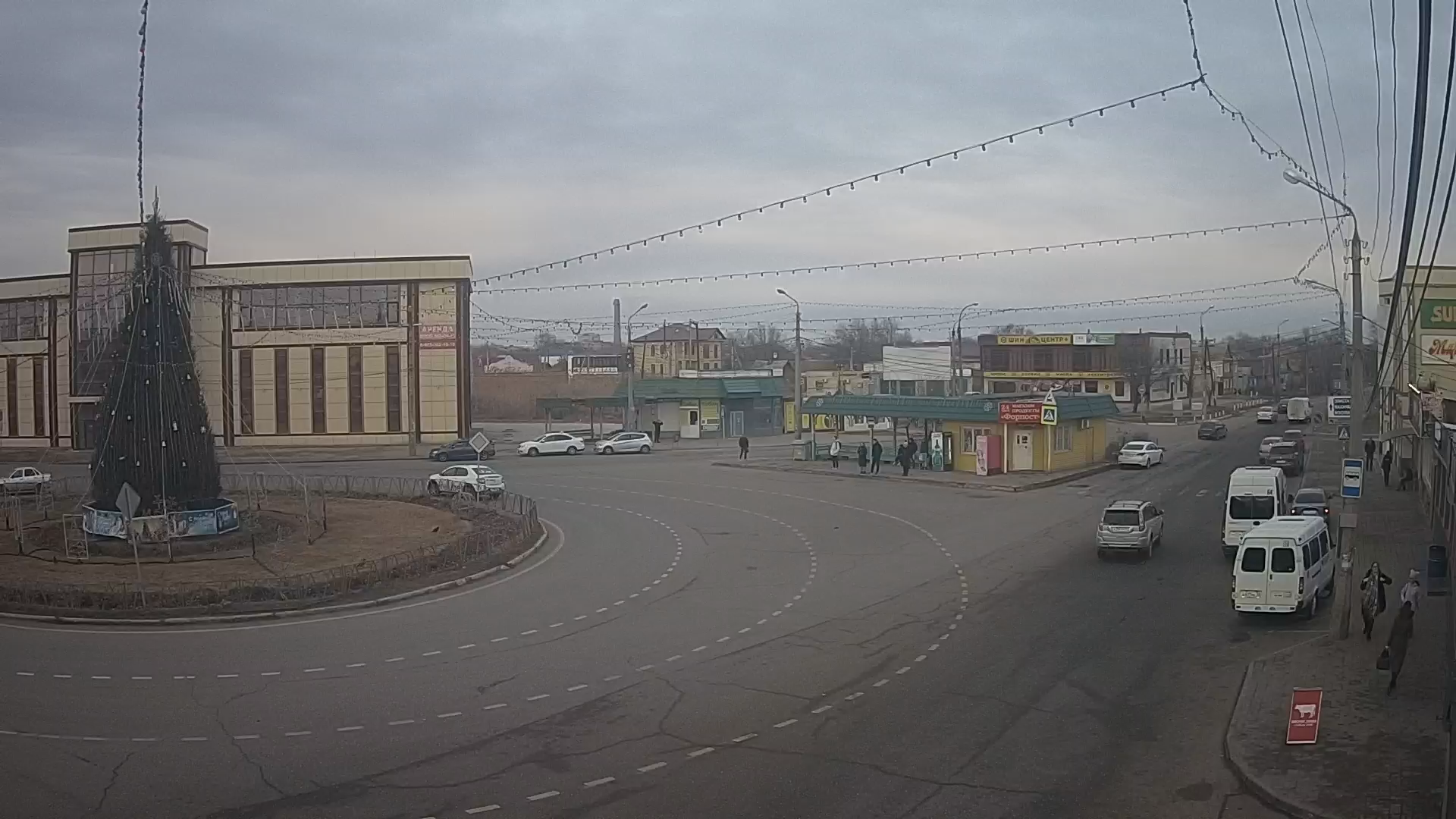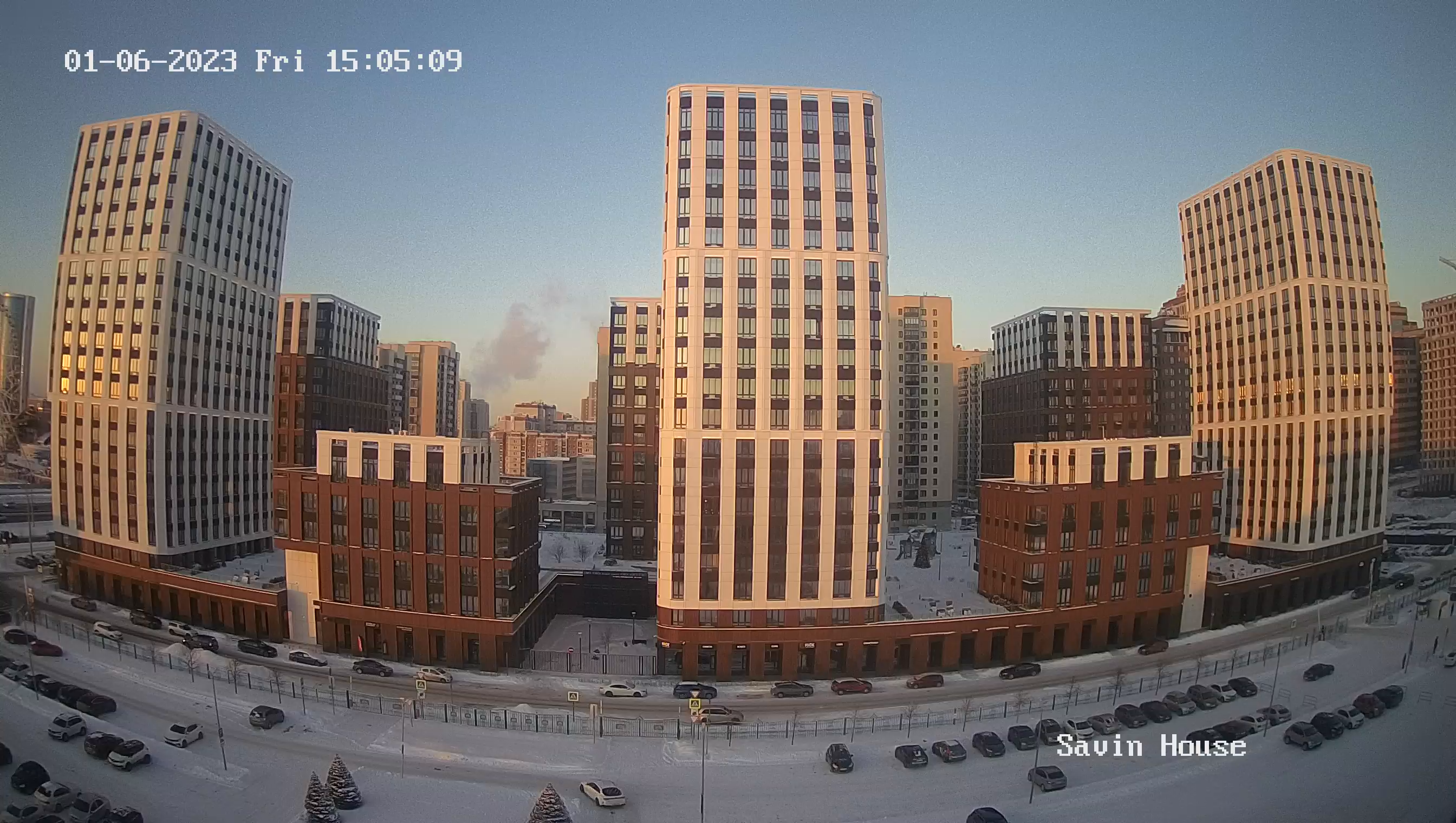Webcam Szentendre. Market Square
Szentendre is a beautiful Hungarian town 20 kilometers northwest of the capital. Since ancient times it has been a favorite place for artists and sculptors who have left their homeland a great number of beautiful masterpieces on display in the museums and art galleries of Szentendre. The city is rightly considered the Mecca of museums in the country. The unique beauty of the area, the wonderful architecture and the hospitable inhabitants make the city a popular tourist center. The population of the city is about 25000 people.
The history of the city goes back to the 11th century, though there is historical evidence that there was a Roman camp here in the 1st century on the basis of the fortress of Ulzicia-Castra. The name of the city was given by the first Hungarian King Istvan I: Szentendre - "Saint Andrew" (Latin - Sanctus Andreas). According to some reports it happened in 1009. The Turkish invasion actually razed the city to the ground, turning it into ashes. So Serbian refugees who came to these places in XIV century had to rebuild Sentendre.
With time, they were joined by Greeks, Romanians, Hungarians and Germans. The city developed vigorously, with residential buildings being lined up with churches and churches, half of which were Orthodox. With a host of talented artists as well as skilled craftsmen and enterprising merchants among the refugees, the city quickly developed into a culturally prosperous city. Unfortunately, frequent floods and plague epidemics disrupted the local idyll.
A new heyday for Saintendre was in the 1900s, when many artists from nearby settlements moved into the city, making it the center of art in the country. Since then, it has been rightfully called a city of artists. Of course the concentration of artists is much lower now, many of them have moved to Budapest and opened workshops in the capital, but the city still proudly carries its cultural title and abounds with art galleries and museums. And their number is so high that Szentendre has gained the tacit status of the Hungarian Mecca of museums.

